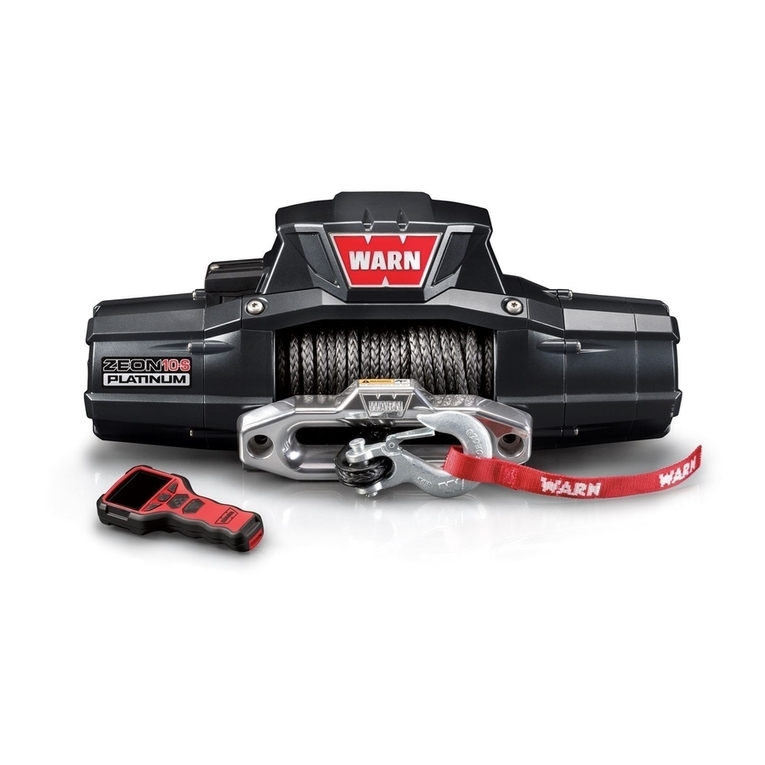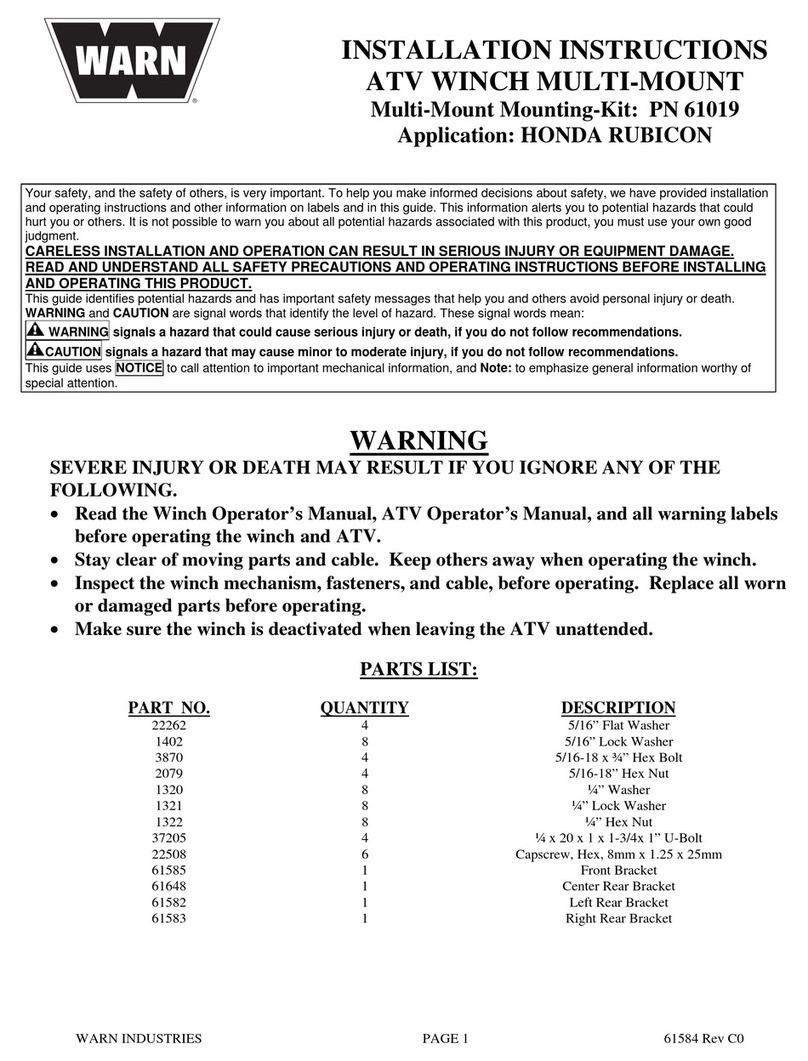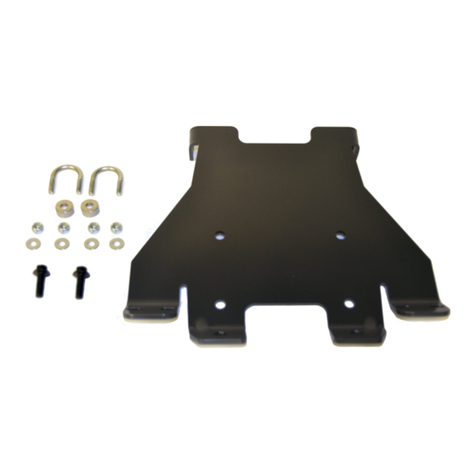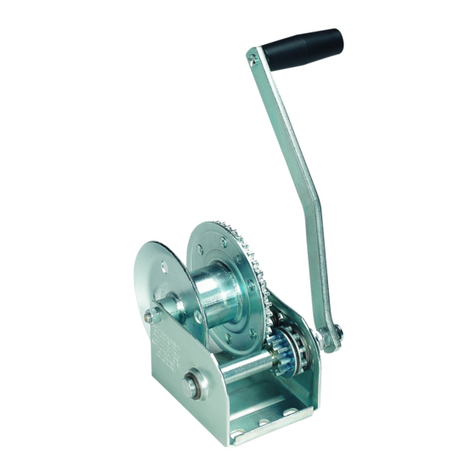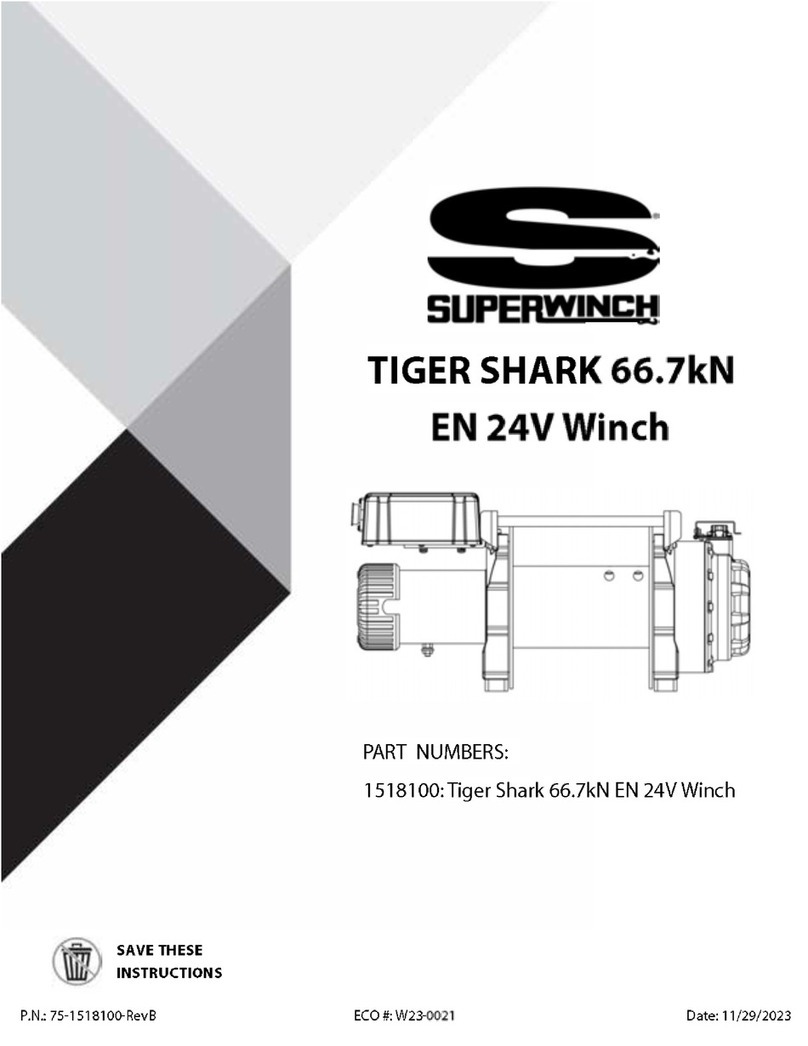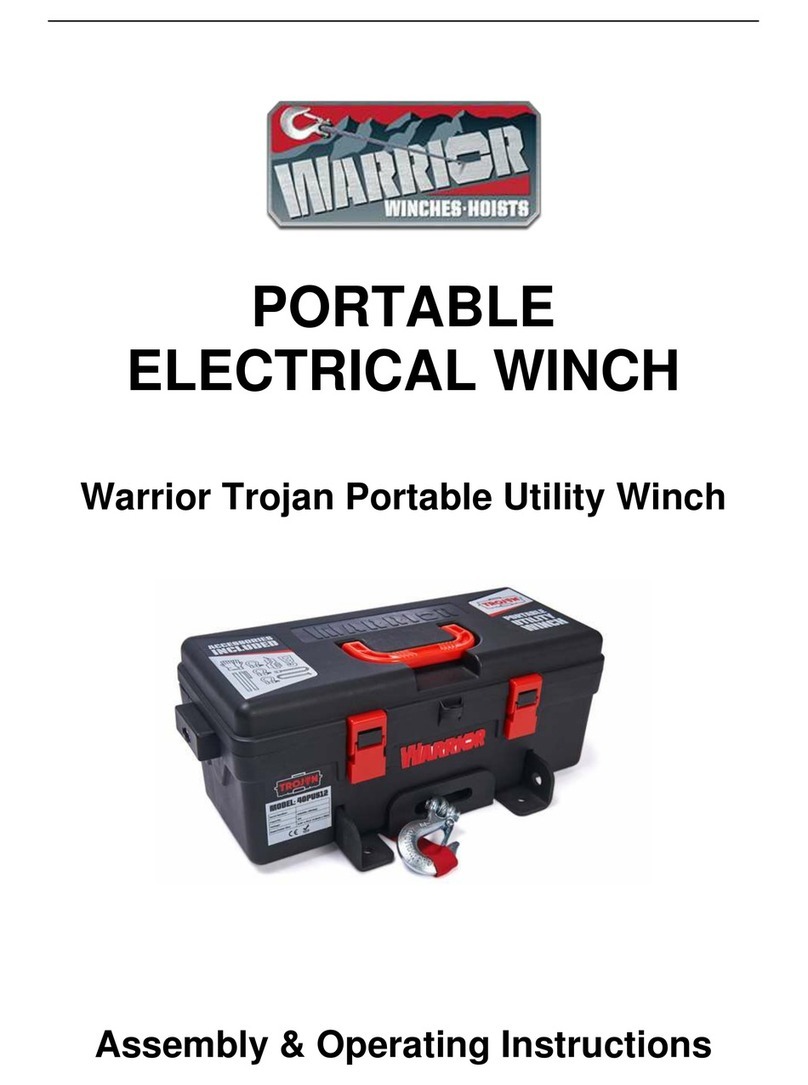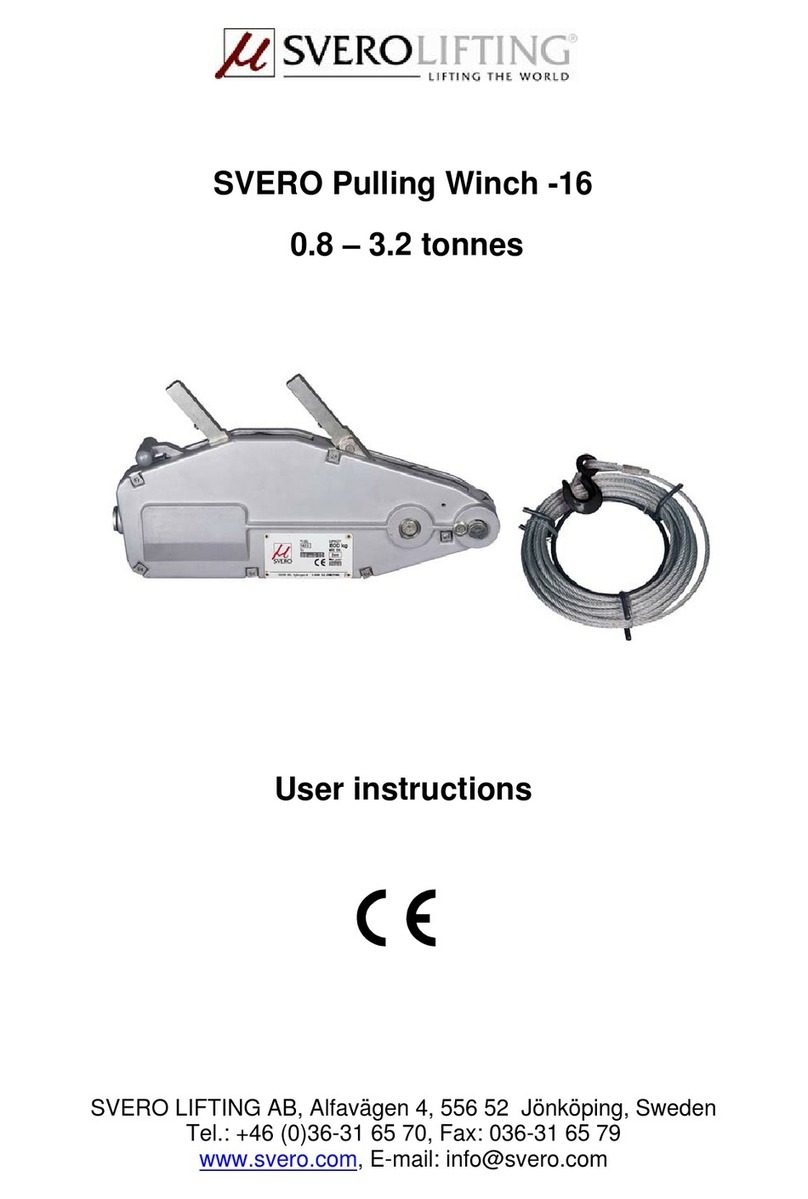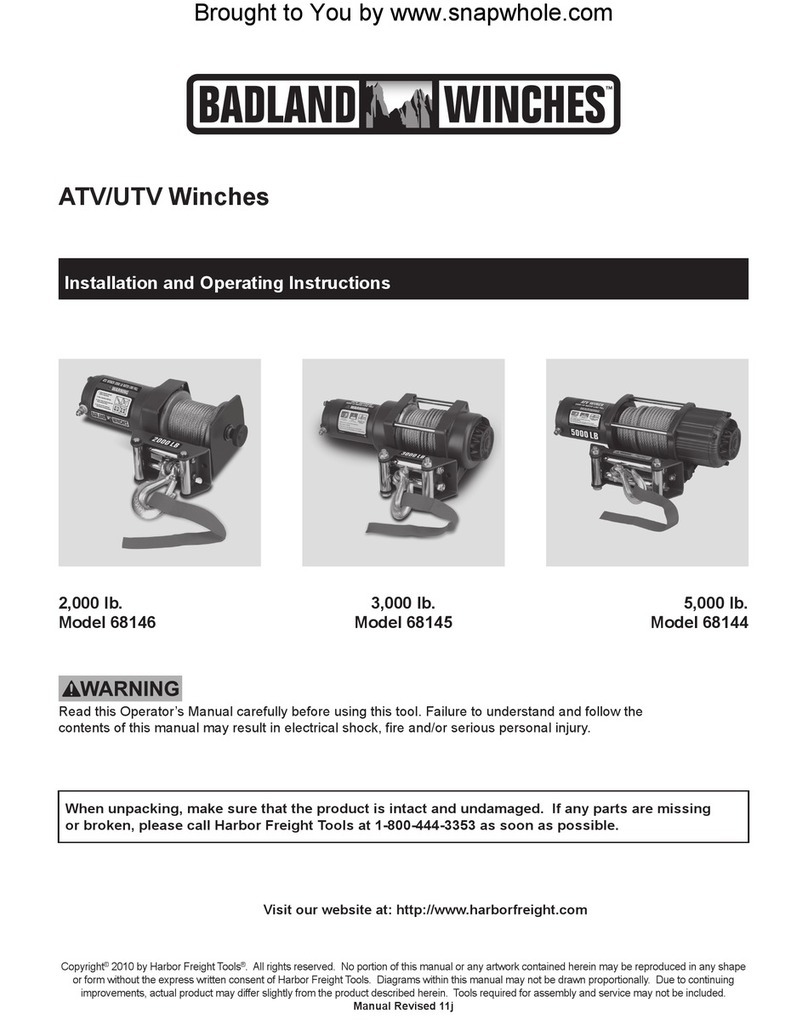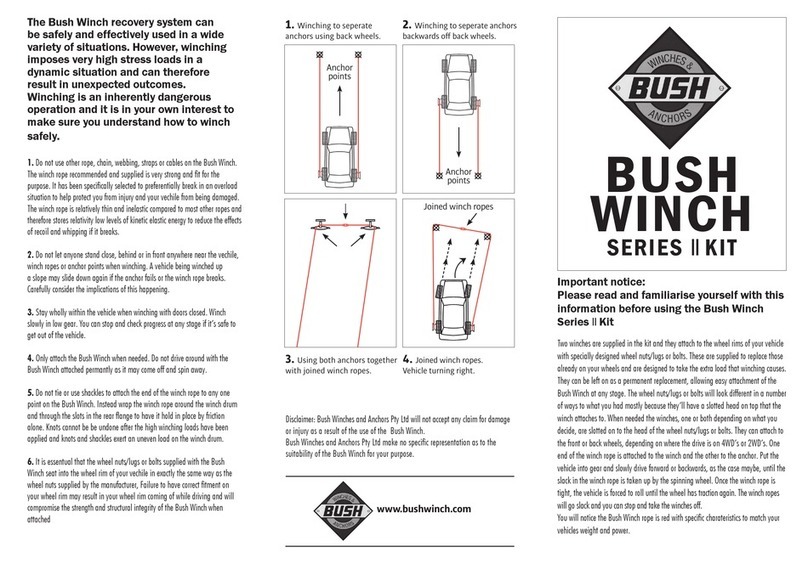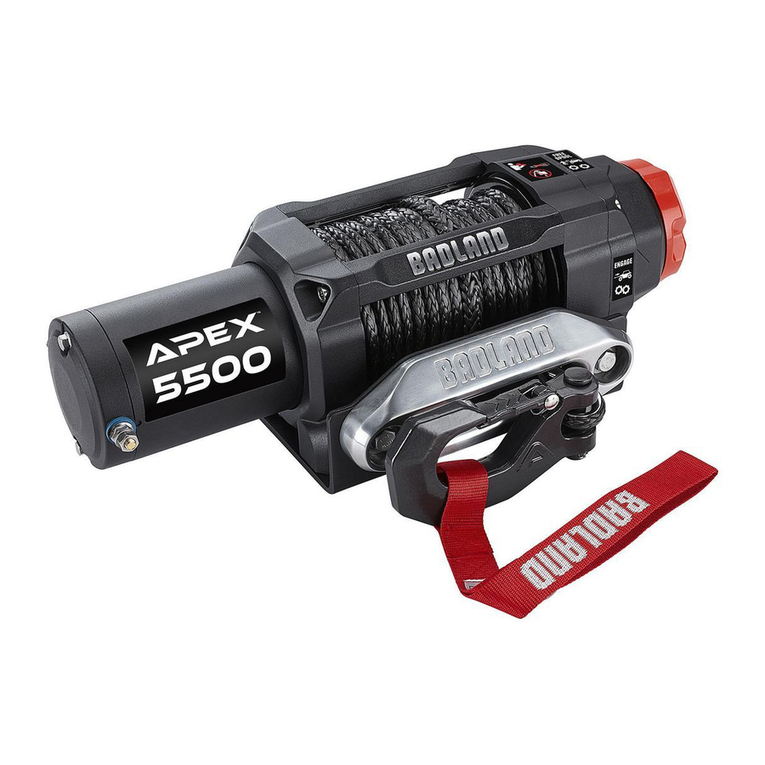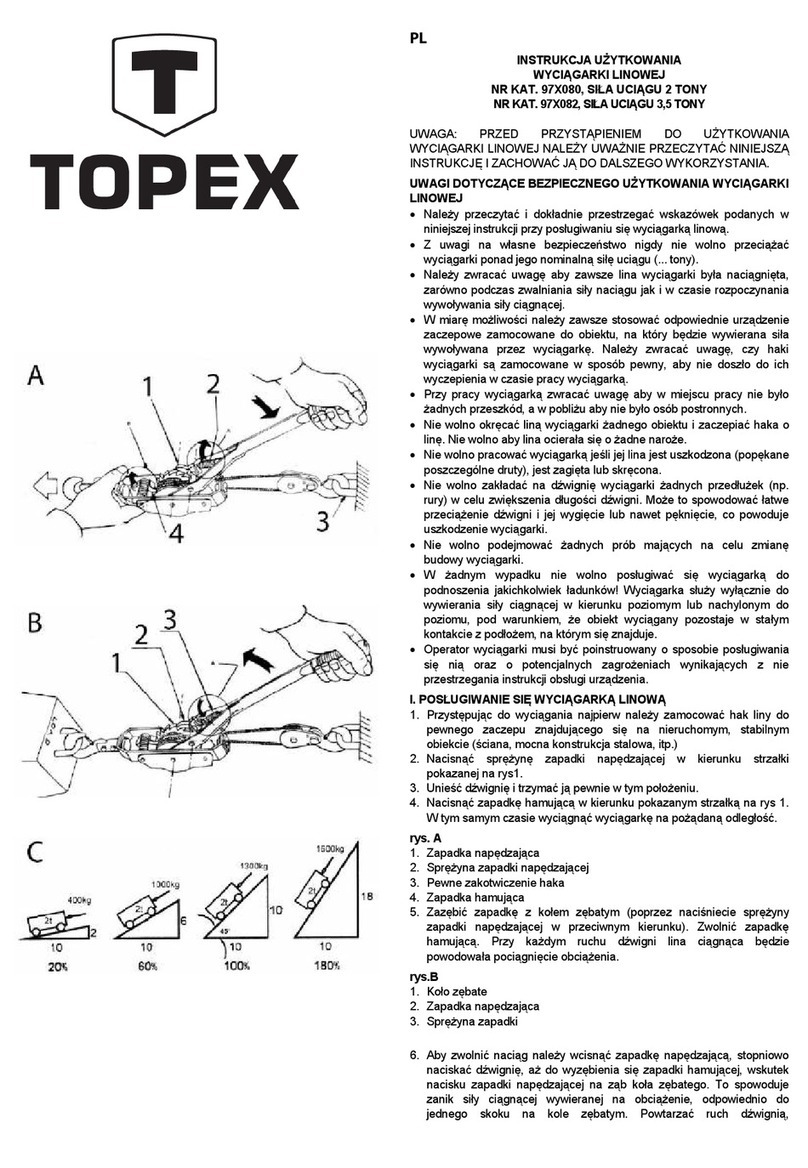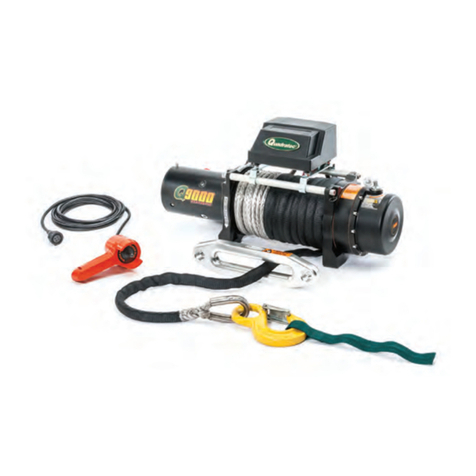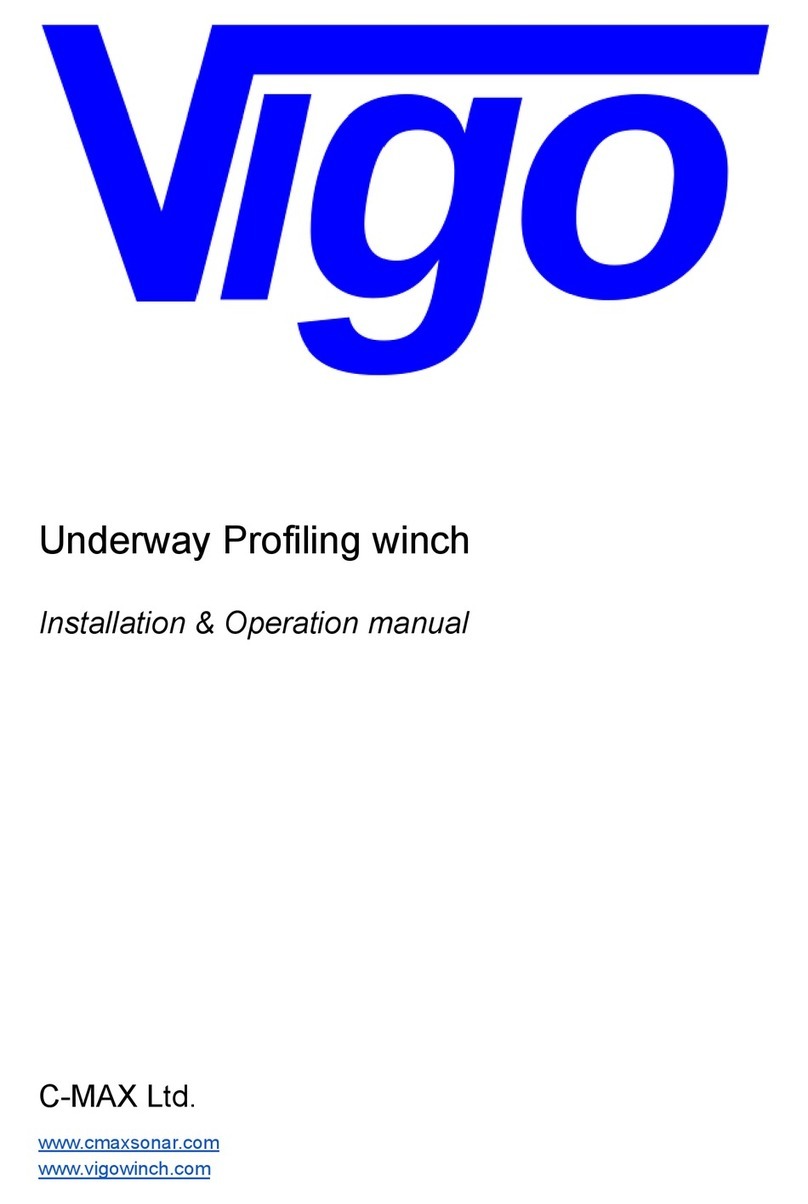Warn A2000 User manual
Other Warn Winch manuals
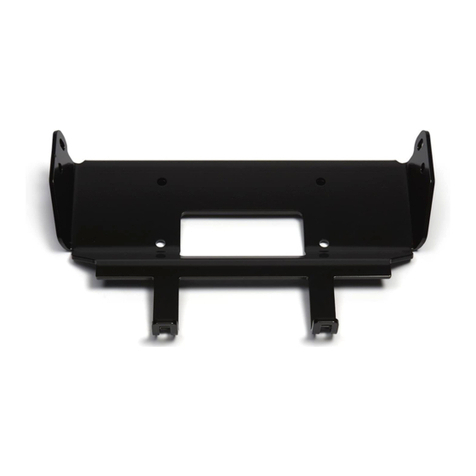
Warn
Warn 93790 User manual
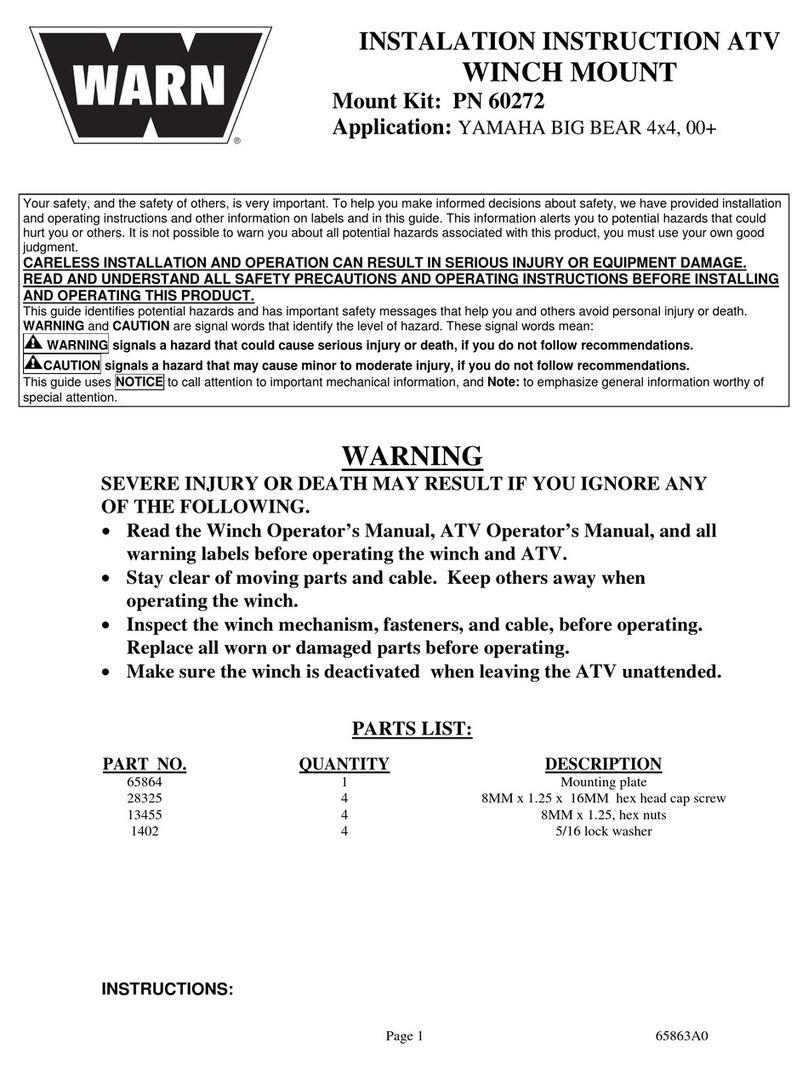
Warn
Warn 60272 User manual

Warn
Warn 12-A-1D Series User manual
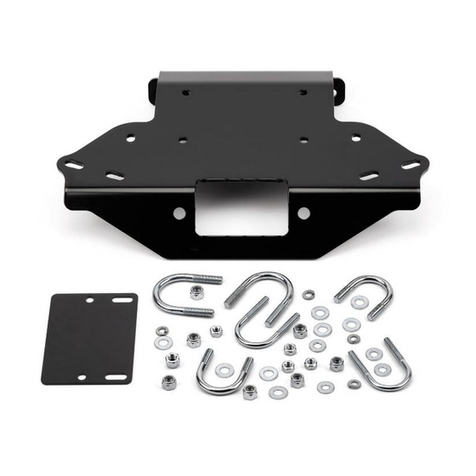
Warn
Warn 70825 User manual

Warn
Warn Tabor 10000 User manual
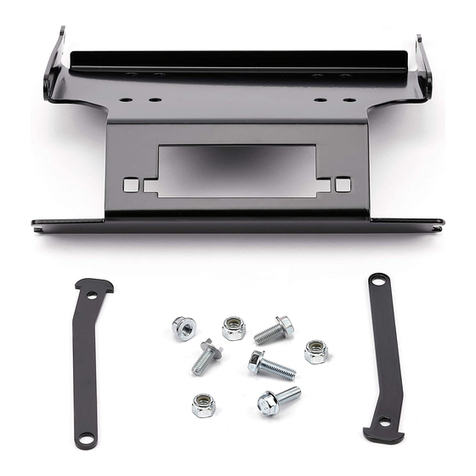
Warn
Warn 102600 User manual
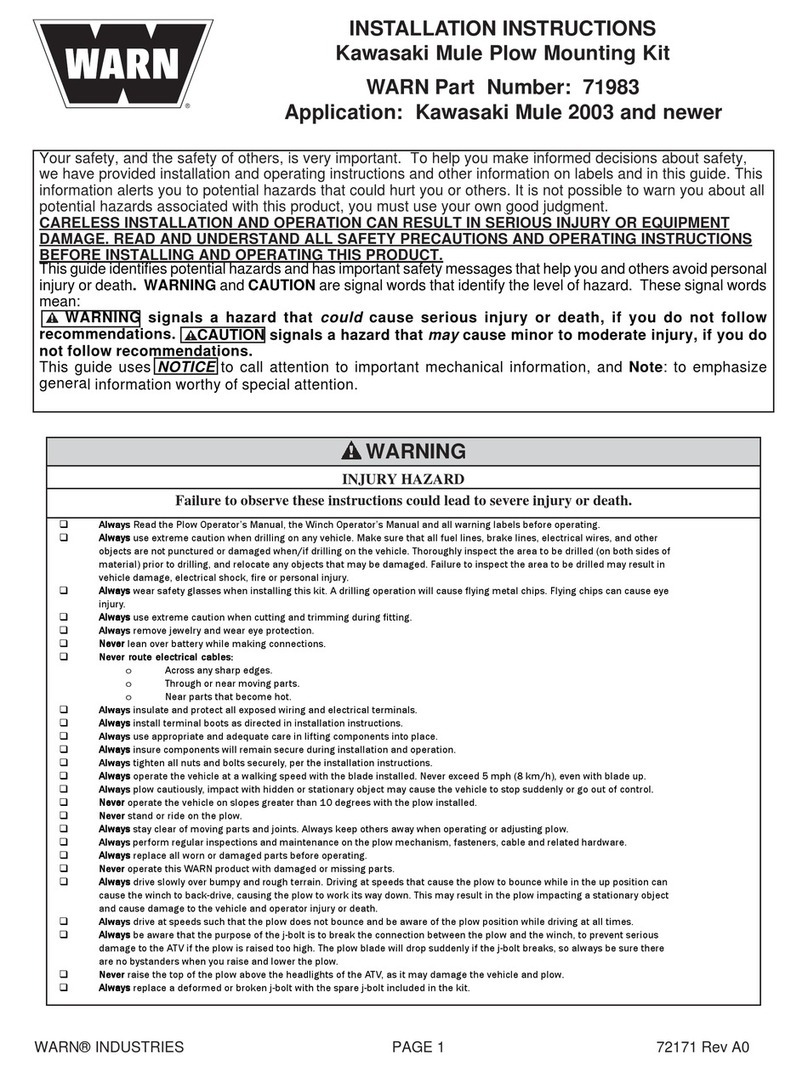
Warn
Warn 71983 User manual
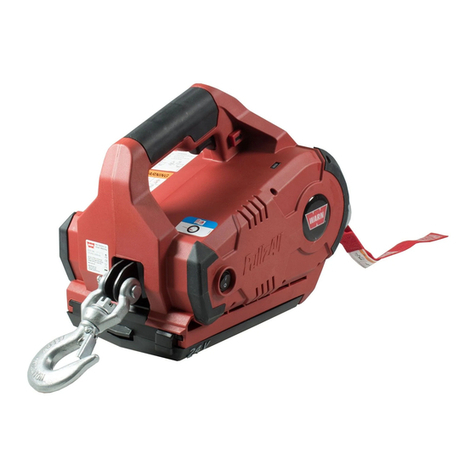
Warn
Warn PullzAll Specifications
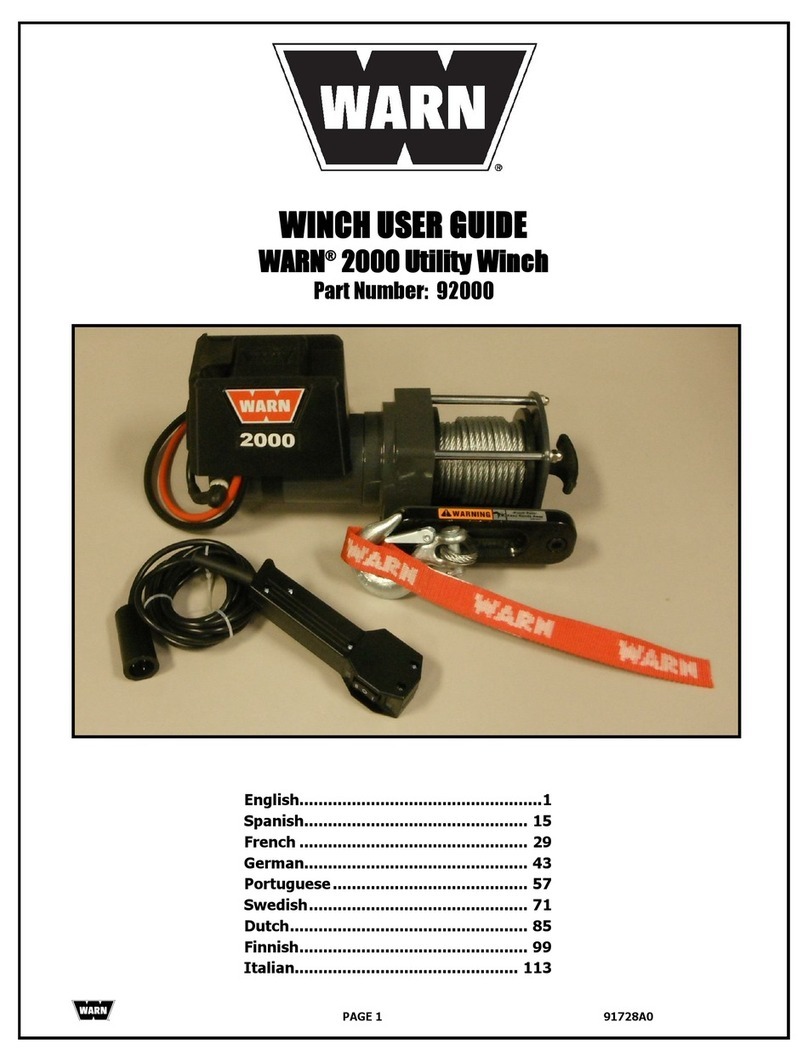
Warn
Warn 2000 User manual

Warn
Warn PROVANTAGE 4500-S Operating instructions
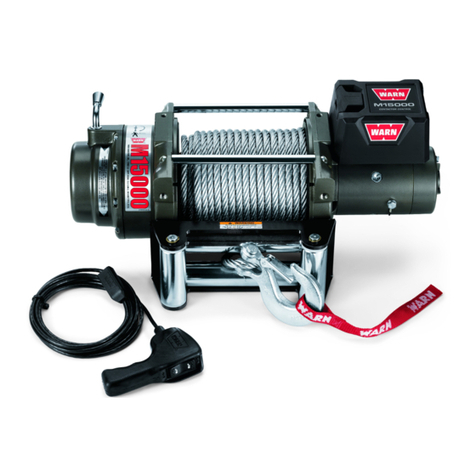
Warn
Warn M15000 User manual
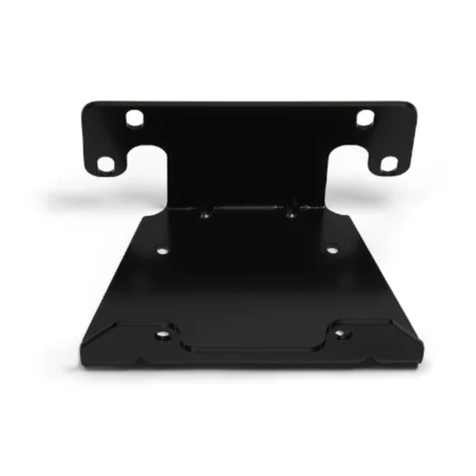
Warn
Warn 95740 User manual

Warn
Warn 72008 User manual

Warn
Warn VRX User manual

Warn
Warn PN 61020 User manual
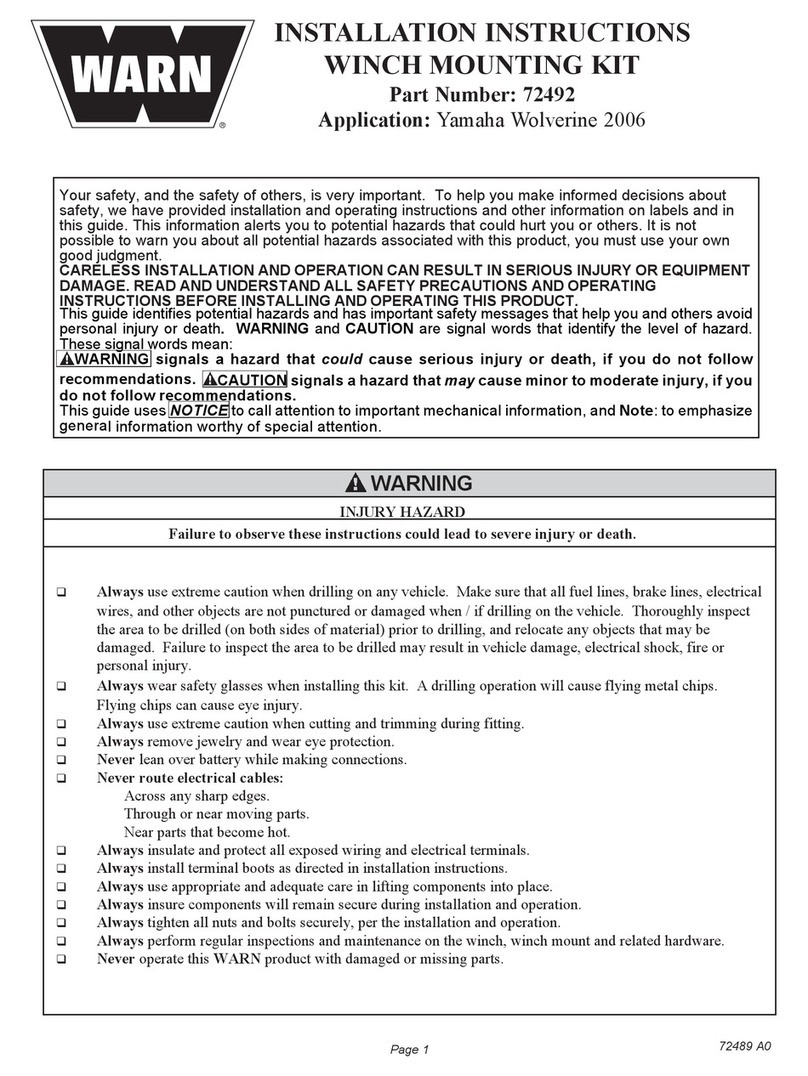
Warn
Warn 72492 User manual
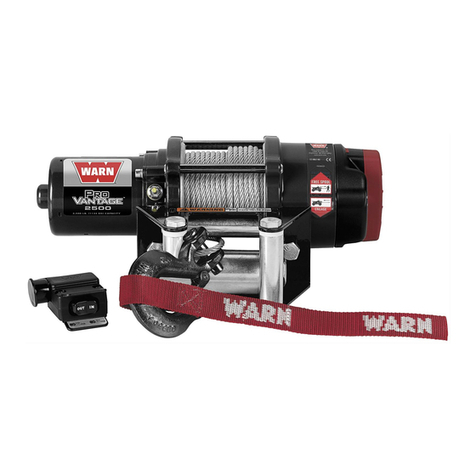
Warn
Warn 90250 Troubleshooting guide
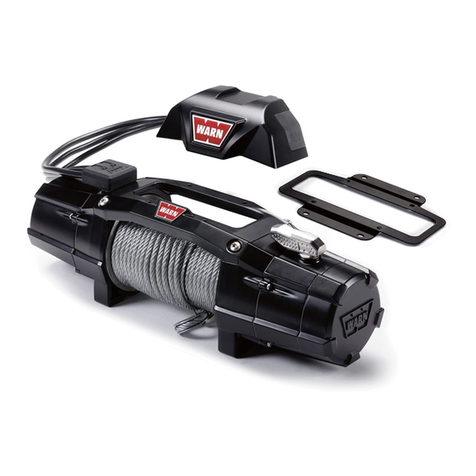
Warn
Warn Zeon Control Pack Relocation Kit User manual
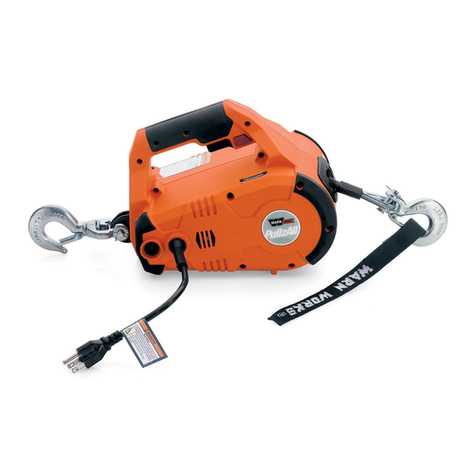
Warn
Warn 685000 User manual
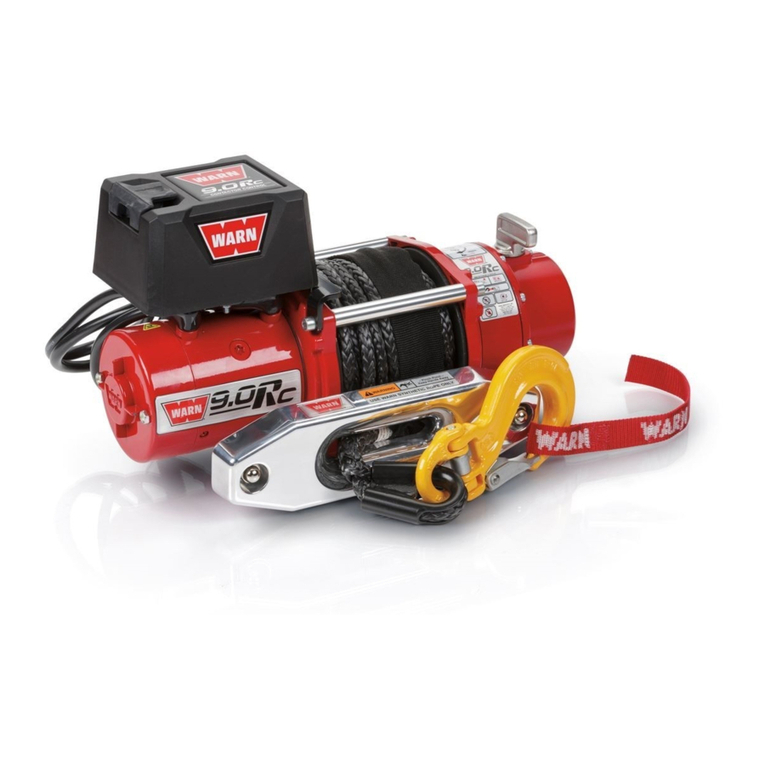
Warn
Warn 9.0Rc User manual
Popular Winch manuals by other brands
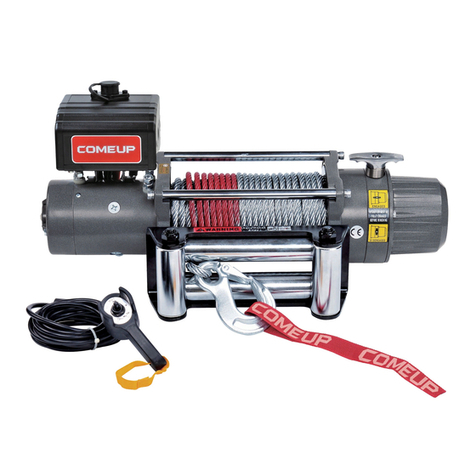
Comeup
Comeup DV-9 manual

Orvea
Orvea Italwinch 805 Installation and user manual

Prowinch
Prowinch PWJTHF300 user manual
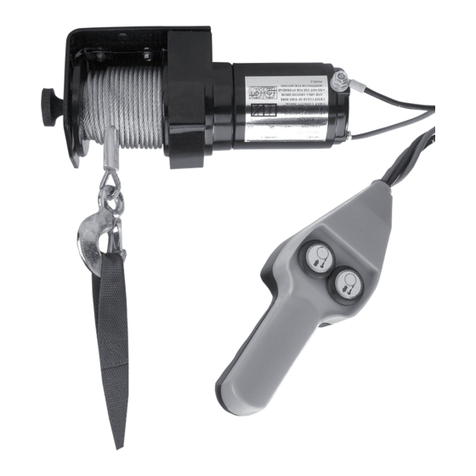
Clas Ohlson
Clas Ohlson LD2000-A manual

Runva
Runva EWD8000 Assembly & operating instructions

Ingersoll-Rand
Ingersoll-Rand LIFTSTAR FG 1500/CN Series Parts, operation and maintenance manual
